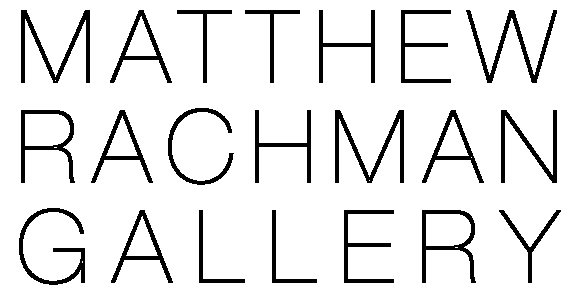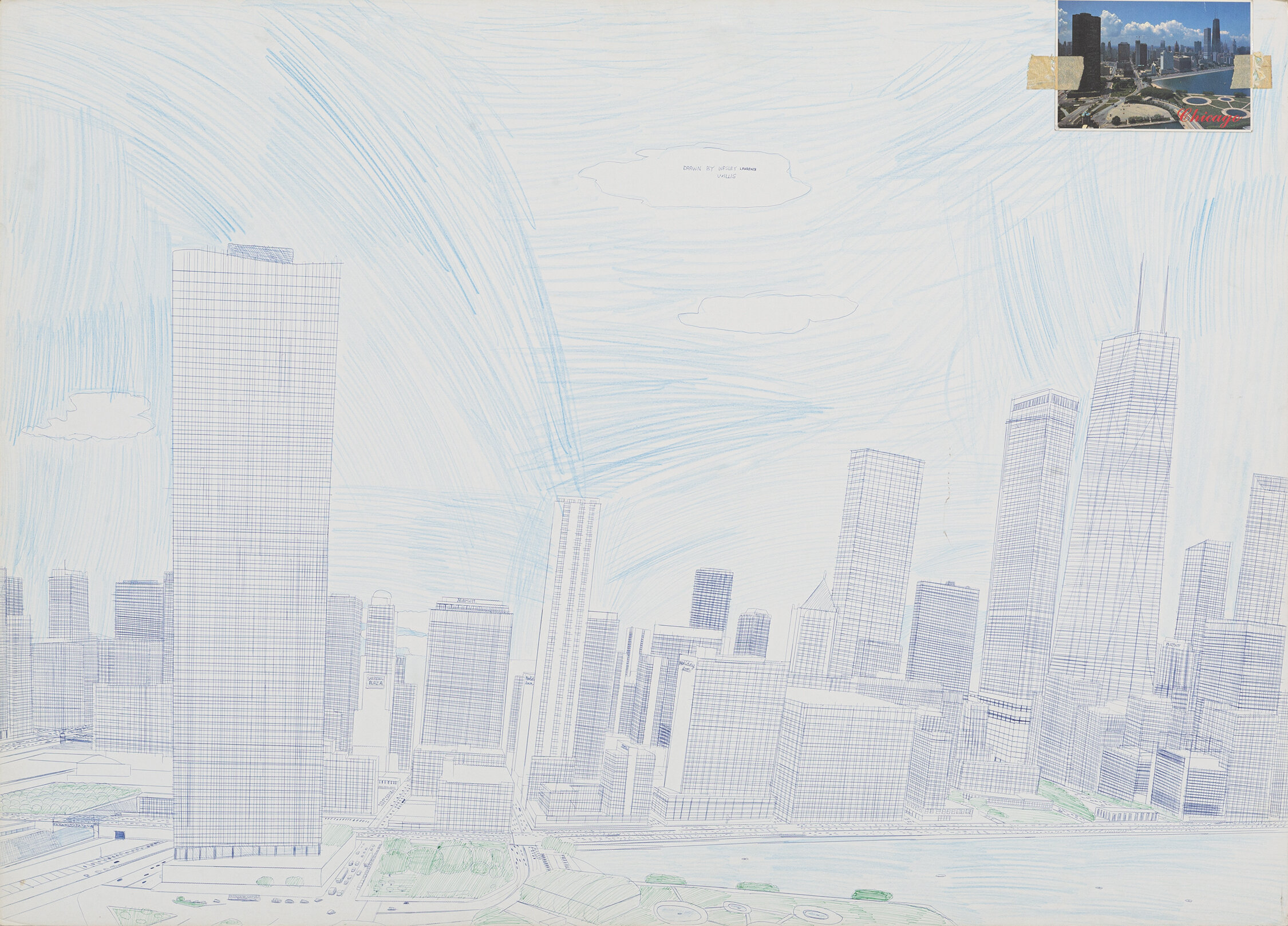This month we are happy to showcase new and treasured pieces at the gallery. New pieces by Finn Juhl and Warren Platner and works by Michael Lotenero and Mies van der Rohe are highlighted this month. We are available, as always, by appointment. Please reach out and we would be happy to set up a time to show these pieces.
FINN JUHL FOR BAKER FURNITURE CABINET
This cabinet was designed by Finn Juhl for Baker Furniture as part of the Baker Modern line. It is made of freshly restored teak and maple. Finn Juhl was an iconic Danish designer known primarily for his furniture and is credited with introducing this style to America. He studied architecture and began his career as a student working on interiors. He was brought to the American design market by being spotted by a MoMA curator and then being picked up to design a line for Baker. This piece’s design celebrates the materiality of the wood; the grain and texture becomes the star. The contrasting wood species highlight each other and the streamlined design is simple yet beautiful.
WARREN PLATNER FOR KNOLL SIDE TABLES
These side tables are emblematic of Platner’s designs, featuring the curving metal legs he is known so well for. The marble tops come in their original boxes from the 1980s; original glass tops are also available. The combination of materials in conjunction with the lines evokes the modern elegance of mid century design, utilizing classic materials with experimental forms. The marble tops almost hover, support by many spindly legs rather than any substantial forms. This adds to the modern flair: a heavy piece of marble almost floating.
"DREAMSCAPE II"
Michael Lotenero creates evocative and dramatic abstract works. This large scale piece is oil on canvas, with bold and gestural marks against a black field. The majority of the forms rest within the middle linear portion of the piece, carefully evading the upper and lower portions. These contrasting marks seem to float in the black field, this dark container clearly behind the forms but also sheerly shrouding some. The artist clearly uses a variety of methods to create, with clear brush strokes slashing across the canvas, smaller messier fields, and long, almost scratch like lines that move across.
CROWN HALL: A-10
Crown Hall is one of the jewels of Illinois Institute of Technology’s campus. With long planes of glass held by black, steel beams, the space almost floats, with light pouring in from all sides. The building was designed in 1954 and is part of a collection of iconic early modern architecture on the school’s campus. It is the home of the College of Architecture and was finished in 1956. The space is almost entirely open, free from beams or structural walls, allowing it be changed and adapted to whatever is needed of it. This drawing comes from Mies’s office and comes from a set of technical working drawings.








